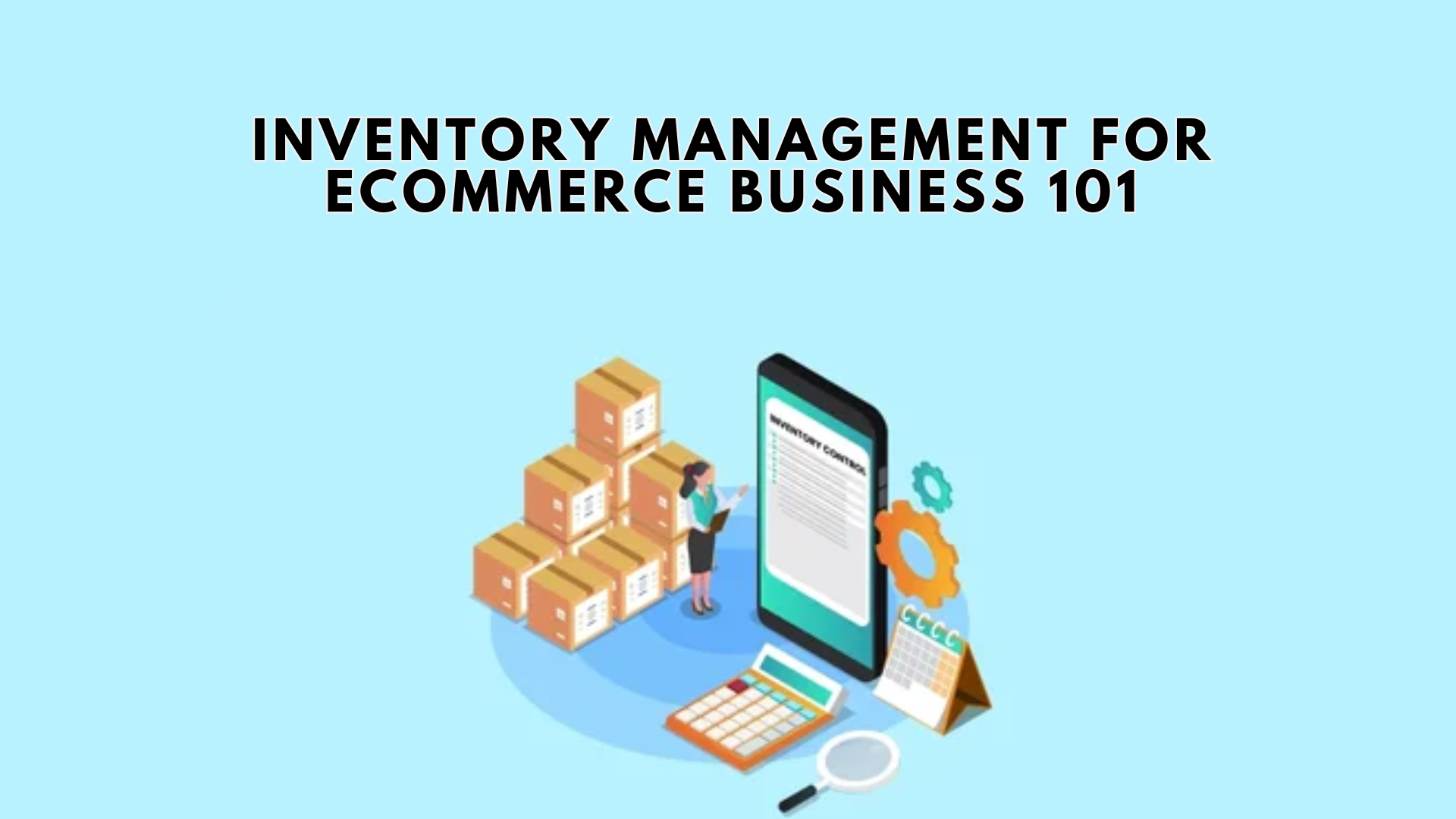Effective inventory management is the backbone of any successful eCommerce business. Whether you’re a small startup or a large online retailer, keeping track of your inventory is crucial for maintaining customer satisfaction, optimizing operations, and boosting profitability. This guide covers the basics of inventory management for eCommerce businesses and provides practical tips to help you streamline your processes.
Why Inventory Management Matters
Inventory management involves overseeing and controlling the ordering, storage, and use of products to ensure that the right items are available at the right time and in the right quantities. For eCommerce businesses, efficient inventory management is vital for several reasons:
- Meeting Customer Demand: Accurate inventory management ensures that popular products are always in stock, reducing the risk of stockouts and backorders, which can lead to lost sales and dissatisfied customers.
- Cost Control: By optimizing stock levels, businesses can reduce holding costs and avoid overstocking, which ties up capital and increases storage expenses.
- Operational Efficiency: Streamlined inventory processes improve order fulfillment speed, reduce errors, and enhance overall operational efficiency.
- Cash Flow Management: Maintaining optimal inventory levels helps improve cash flow by minimizing excess stock and ensuring that funds are not unnecessarily tied up in unsold products.
- Data-Driven Decisions: Effective inventory management provides valuable data and insights that can inform business decisions, such as identifying best-selling products, understanding seasonal trends, and planning future stock purchases.
Key Components of Inventory Management
To effectively manage inventory in an eCommerce business, it’s essential to understand and implement the following components:
- Inventory Tracking: Keep accurate records of inventory levels, including incoming stock, current holdings, and outgoing orders. This can be done using inventory management software or manual tracking systems.
- Stock Control: Establish stock control policies to determine how much inventory to keep on hand and when to reorder. This can include setting minimum and maximum stock levels, reorder points, and safety stock.
- Demand Forecasting: Use historical sales data and market trends to predict future demand. This helps in planning stock purchases and avoiding overstocking or understocking.
- Order Management: Streamline the process of receiving, processing, and fulfilling customer orders. Ensure that inventory is updated in real-time as orders are placed and fulfilled.
- Supplier Management: Maintain good relationships with suppliers to ensure timely deliveries and favorable terms. Regularly review supplier performance and negotiate better deals to optimize costs.
- Warehouse Management: Efficiently organize and manage storage spaces to facilitate quick and accurate order picking, packing, and shipping. This includes implementing effective labeling and categorization systems.
- Inventory Audits: Conduct regular inventory audits to reconcile physical stock with inventory records. This helps identify discrepancies, reduce shrinkage, and maintain accuracy.
Best Practices for eCommerce Inventory Management
Implementing best practices can significantly enhance your inventory management processes. Here are some tips to get you started:
- Invest in Technology: Use inventory management software to automate tracking, forecasting, and order management. Look for solutions that integrate with your eCommerce platform for real-time updates.
- Adopt Just-In-Time (JIT) Inventory: JIT inventory management minimizes holding costs by ordering stock only when needed. This approach requires precise demand forecasting and reliable suppliers.
- Utilize ABC Analysis: Categorize inventory into three groups—A, B, and C—based on their value and sales frequency. Focus more on managing ‘A’ items, which are high-value and fast-moving, while ‘B’ and ‘C’ items can be managed with less intensity.
- Implement a SKU System: Assign Stock Keeping Units (SKUs) to each product and variation. This system simplifies tracking and management by providing unique identifiers for every item.
- Regularly Review Inventory Levels: Continuously monitor inventory levels and adjust stock control policies based on changing demand and market conditions.
- Optimize Your Supply Chain: Work closely with suppliers to streamline procurement processes and reduce lead times. Consider diversifying suppliers to mitigate risks.
- Focus on Customer Satisfaction: Ensure that inventory management practices align with customer expectations. Prioritize quick order fulfillment, accurate stock availability, and transparent communication about product availability.
Common Challenges and How to Overcome Them
Even with the best practices in place, eCommerce businesses can face several inventory management challenges. Here’s how to tackle some common issues:
- Stockouts and Overstocks: Use demand forecasting and real-time inventory tracking to maintain optimal stock levels. Implement safety stock to cushion against unexpected demand spikes.
- Inaccurate Inventory Data: Conduct regular audits and use reliable inventory management software to maintain accurate inventory records. Encourage a culture of accountability among staff handling inventory.
- Complex Order Fulfillment: Optimize warehouse layout and processes to speed up order picking and packing. Consider outsourcing fulfillment to third-party logistics (3PL) providers if order volumes are high.
- Supplier Delays: Build strong relationships with multiple suppliers to reduce dependency on a single source. Keep a buffer stock of critical items to cover potential delays.
- Seasonal Fluctuations: Analyze historical sales data to anticipate and prepare for seasonal demand changes. Adjust inventory levels and ordering patterns accordingly.
Conclusion
Effective inventory management is crucial for the success of any eCommerce business. By implementing robust inventory practices, leveraging technology, and continuously optimizing processes, you can ensure that your business operates smoothly, meets customer expectations, and remains profitable. Whether you’re just starting or looking to refine your existing practices, mastering inventory management will provide a solid foundation for growth and success in the competitive eCommerce landscape.









